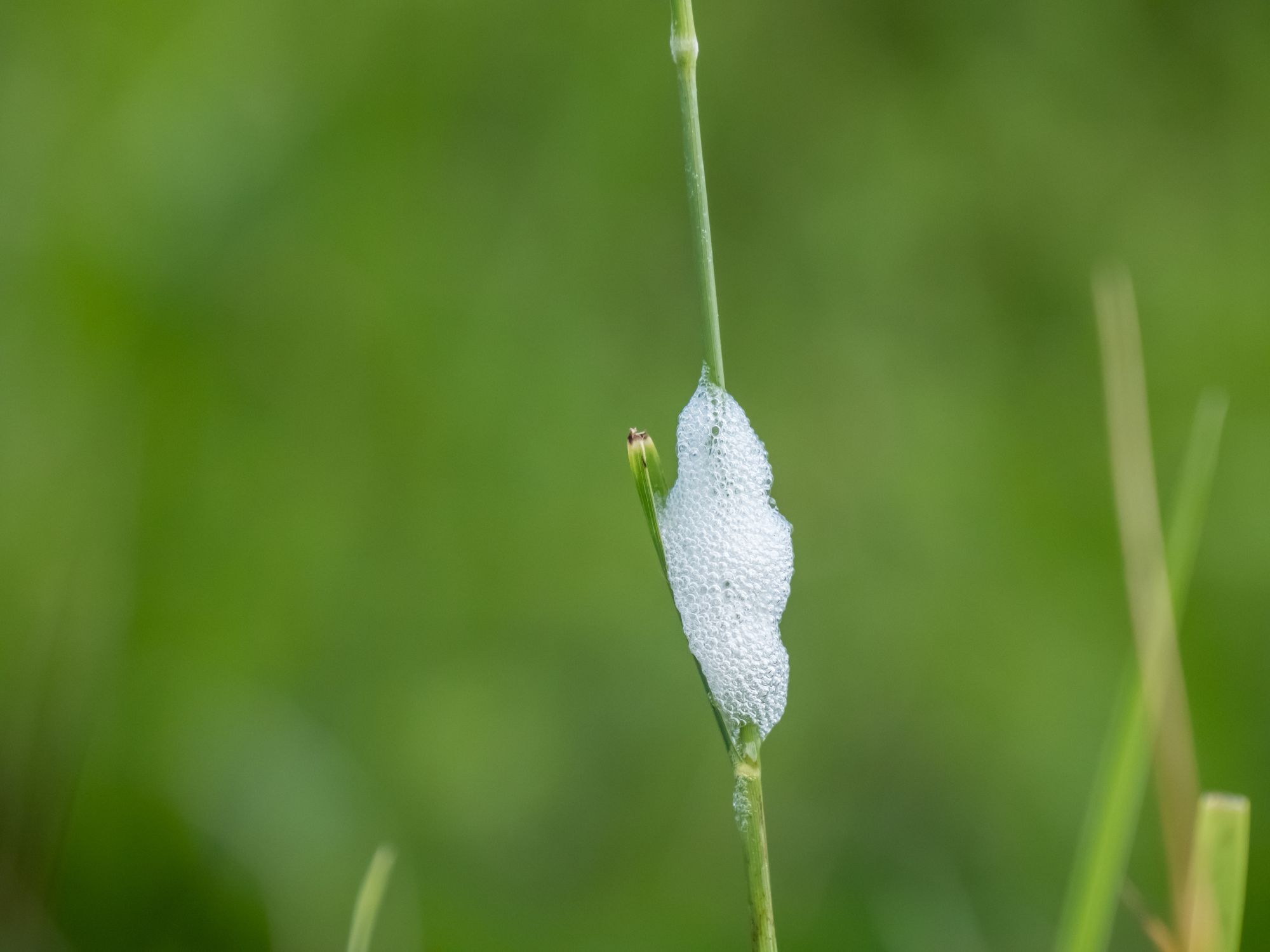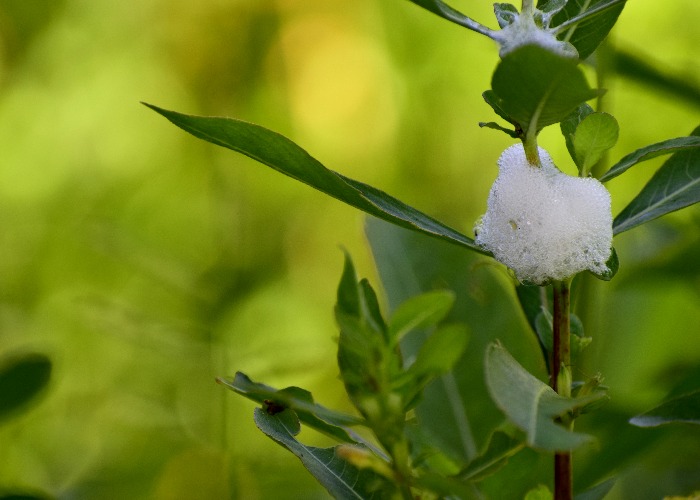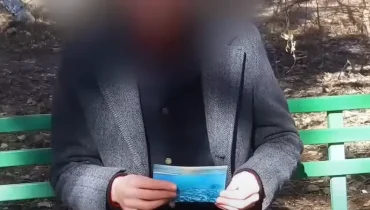Do not touch warning as ‘harmful’ froth appears on plants in UK gardens this month

Posted June 2, 2023 by: Admin
As the vibrant beauty of nature unfolds in our gardens and green spaces, an intriguing phenomenon captures the attention of green-thumbed Brits. It is none other than the delicate froth that adorns our beloved garden plants, inviting us into a world of wonder and mystery.

During this time of year, when the joys of life burst forth, it is not uncommon to spot a peculiar “spittle” gently caressing our cherished flora. But fear not, for this froth is the creation of an enchanting insect known as the spittlebug. Seeking protection and nourishment, these fascinating creatures envelop themselves in a protective ball of foam while delicately sipping on the plant’s sap.
In a delightful twist, the offspring of these red and black marvels, also known as froghoppers, emerge from the remnants of the frothy cocoon. Truly, nature’s artistry knows no bounds.

Rest assured, though these insects feed on our precious plants, they do so in moderation, leaving no lasting harm. Furthermore, they pose no threat to our well-being, making it unnecessary for us to take any action against their whimsical presence.
However, there is cause for scientists to be vigilant. They express concerns about a plant disease named Xyella, which could potentially be transmitted by the spittlebug. Should this disease ever find its way to the United Kingdom, drastic measures would be necessary to protect our native plant species. A tragic outcome could be the loss of our cherished flora for up to five years within a 5km radius.

To stay one step ahead, scientists kindly implore all nature enthusiasts to report any sightings of spittlebug spittle. This invaluable information would enable experts to trace and identify potential outbreaks, providing insights into the causes and effects of these natural phenomena.
The Spittlebug Survey spokesperson warmly states, “We kindly ask for your assistance in identifying sightings of spittle, nymphs, and adults of xylem-feeding insects, such as spittlebugs, froghoppers, and leafhoppers. By sharing these records, we can paint a vivid picture of their habitats, preferred plants, and migratory patterns.”

Such comprehensive knowledge will undoubtedly prove essential in developing effective strategies and responses in the event that the Xylella bacterium ever graces our shores.

















